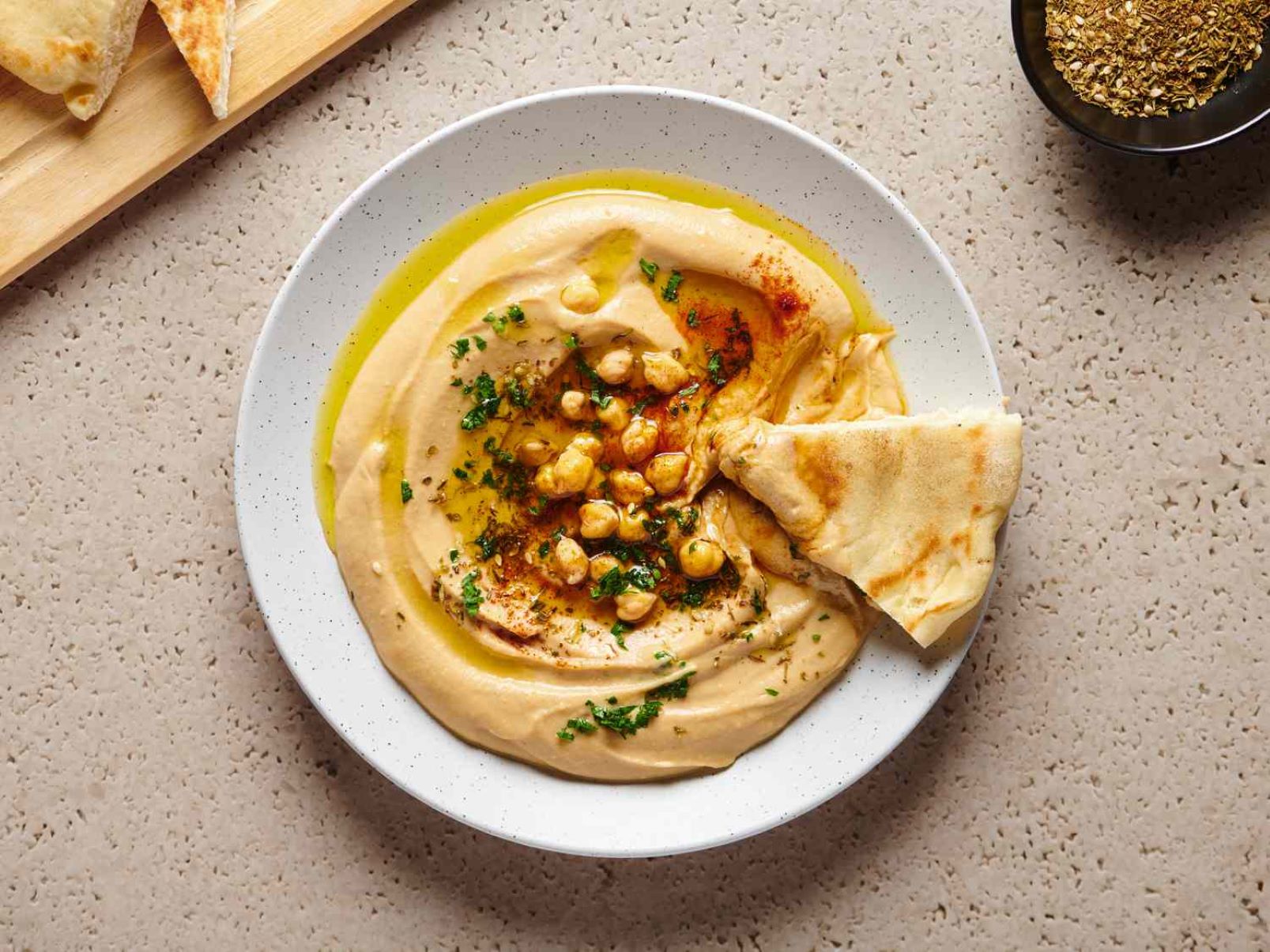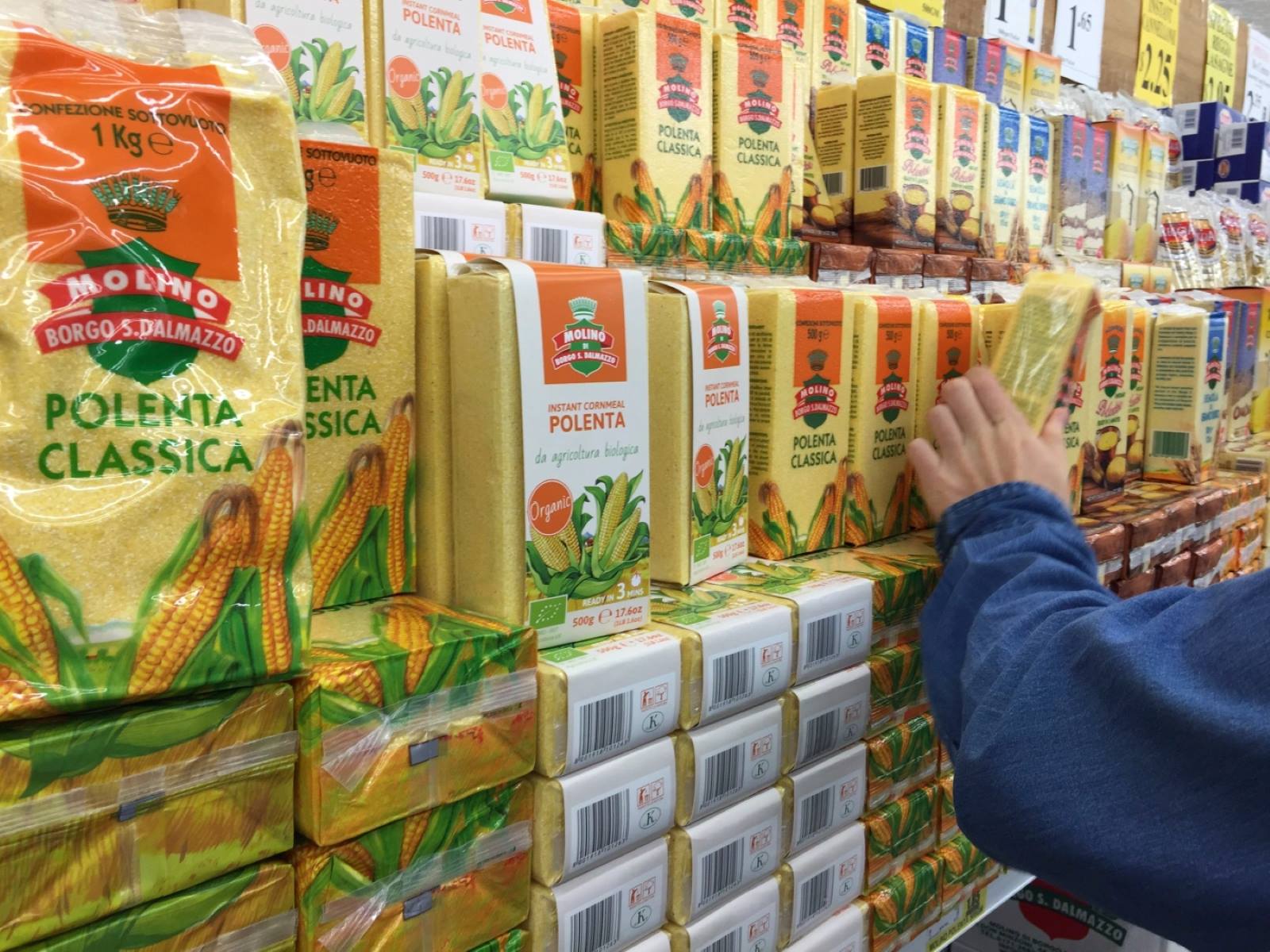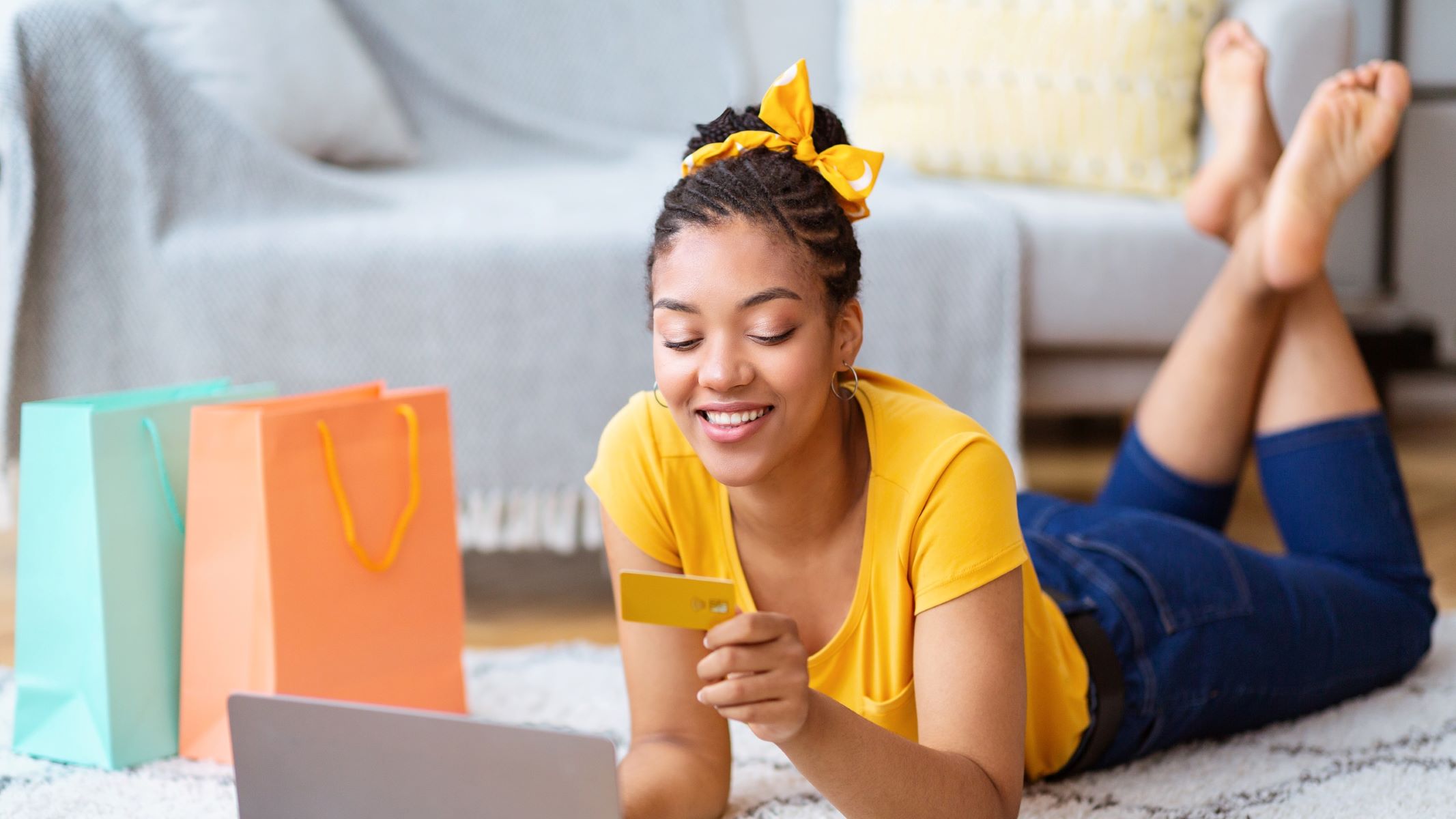Home>Food and Cooking>How To Store Parsley


Food and Cooking
How To Store Parsley
Published: March 6, 2024
Learn the best methods for storing parsley to keep it fresh and flavorful. Get expert tips on food and cooking with our comprehensive guide.
(Many of the links in this article redirect to a specific reviewed product. Your purchase of these products through affiliate links helps to generate commission for Regretless.com, at no extra cost. Learn more)
Table of Contents
Introduction
Parsley, with its vibrant green leaves and fresh, herbaceous aroma, is a versatile and flavorful herb that adds a delightful touch to a wide array of dishes. Whether you've harvested an abundant supply from your garden or purchased a generous bunch from the market, knowing how to store parsley properly is essential for preserving its flavor and nutritional value.
In this comprehensive guide, we will explore various methods for storing parsley, including refrigeration, freezing, drying, and storing in oil. Each method offers unique benefits and is suited to different culinary applications, allowing you to enjoy the bright, aromatic essence of parsley in your favorite recipes year-round.
By understanding the best practices for storing parsley, you can extend its shelf life and ensure that you always have this essential herb on hand to elevate the flavors of your culinary creations. So, let's delve into the art of preserving parsley and unlock the secrets to maintaining its freshness and flavor for an extended period.
Read more: How To Store Fresh Parsley
Choosing the Right Storage Method
When it comes to preserving parsley, selecting the appropriate storage method is crucial for maintaining its vibrant color, robust flavor, and nutritional properties. The right storage method not only prolongs the shelf life of parsley but also ensures that it retains its essential oils and aromatic compounds, which are integral to its culinary appeal.
Before delving into specific storage techniques, it's important to consider the intended use of the parsley. If you plan to use it within a few days, refrigeration may suffice. However, for longer-term storage, freezing or drying methods may be more suitable. Additionally, storing parsley in oil offers a unique way to infuse its flavor into culinary creations while preserving its freshness.
Each storage method has its advantages and considerations, making it essential to assess your needs and preferences before choosing the most suitable approach. Whether you prioritize convenience, flavor retention, or long-term preservation, understanding the nuances of each method will empower you to make an informed decision that aligns with your culinary aspirations.
By carefully evaluating the various storage options and their implications, you can embark on a journey to preserve parsley in a manner that best complements your cooking style and preferences. This thoughtful approach to selecting the right storage method sets the stage for an enriching culinary experience, where the essence of fresh parsley can be savored in a myriad of delightful dishes.
Storing Parsley in the Refrigerator
Storing parsley in the refrigerator is a convenient and effective method for preserving its freshness and vibrant green color. This approach is ideal when you anticipate using the parsley within a relatively short timeframe, typically within one to two weeks. By following a few simple steps, you can extend the shelf life of parsley and ensure that it remains readily accessible for your culinary endeavors.
To begin, gently rinse the parsley under cold water to remove any dirt or debris. Pat the leaves dry with a paper towel or use a salad spinner to remove excess moisture. Once the parsley is clean and dry, trim the stems and remove any discolored or wilted leaves. This preparation helps to maintain the parsley's quality during refrigeration.
Next, wrap the parsley in a slightly damp paper towel to provide a protective barrier against moisture loss. Place the wrapped parsley in a resealable plastic bag, expelling excess air before sealing it. Alternatively, you can store the parsley in a perforated plastic bag, which allows for proper air circulation while preventing excessive moisture buildup.
Once the parsley is securely packaged, place it in the refrigerator's crisper drawer, which offers a slightly higher humidity level than the main compartment. This controlled environment helps to preserve the parsley's moisture and crispness, ensuring that it remains fresh and vibrant.
It's important to note that parsley should be stored away from ethylene-producing fruits and vegetables, as exposure to this natural ripening agent can accelerate its deterioration. By keeping parsley separate from ethylene-emitting produce such as apples, bananas, and tomatoes, you can prolong its shelf life and maintain its optimal quality.
When properly stored in the refrigerator, parsley can retain its flavor and nutritional benefits, making it a valuable ingredient for enhancing a wide range of dishes. Whether you're adding a sprinkle of freshly chopped parsley to a savory soup, salad, or pasta dish, having it readily available in the refrigerator allows you to infuse your culinary creations with its delightful essence.
By embracing the practice of refrigerating parsley using these simple yet effective techniques, you can elevate your culinary repertoire with the vibrant flavors and visual appeal that fresh parsley imparts. This method empowers you to harness the essence of parsley in your cooking, ensuring that its invigorating presence enriches your culinary creations whenever inspiration strikes.
Freezing Parsley
Freezing parsley is a practical and versatile method for preserving this flavorful herb, allowing you to extend its shelf life and enjoy its vibrant essence long after it's been harvested or purchased. Whether you have an abundant supply of fresh parsley or wish to stock up for future culinary endeavors, freezing offers a convenient solution to maintain its color, flavor, and nutritional value.
To begin the freezing process, start by thoroughly washing the parsley under cold running water to remove any dirt or impurities. Gently pat the leaves dry with a paper towel or use a salad spinner to ensure they are free of excess moisture. Once the parsley is clean and dry, carefully remove the leaves from the stems, as the stems tend to become tough and lose their flavor when frozen.
Next, consider the freezing method that best aligns with your culinary needs. One popular approach involves finely chopping the parsley leaves and placing them into ice cube trays. Fill each compartment with the chopped parsley, then add water or olive oil to cover the herbs. Freezing parsley in ice cubes allows for convenient portioning, making it easy to use small quantities as needed in various recipes.
Alternatively, you can freeze whole parsley leaves by arranging them in a single layer on a baking sheet and placing the sheet in the freezer. Once the leaves are frozen, transfer them to a resealable plastic bag or airtight container for long-term storage. This method preserves the parsley's natural form and allows for flexibility in portioning, as you can easily remove individual leaves as required.
Regardless of the freezing method chosen, it's essential to label the storage containers with the date of freezing to track the parsley's freshness. Properly stored frozen parsley can maintain its quality for up to six months, allowing you to enjoy its vibrant flavor and aroma in a wide range of dishes throughout the year.
When incorporating frozen parsley into your culinary creations, consider adding it directly to soups, stews, sauces, and other cooked dishes without the need for thawing. The frozen parsley quickly infuses its fresh flavor into the dish, offering a convenient and efficient way to enhance the overall taste and visual appeal of your culinary creations.
By embracing the practice of freezing parsley using these straightforward yet effective techniques, you can elevate your culinary repertoire with the vibrant flavors and visual appeal that fresh parsley imparts. This method empowers you to harness the essence of parsley in your cooking, ensuring that its invigorating presence enriches your culinary creations whenever inspiration strikes.
Drying Parsley
Drying parsley is a time-honored method of preserving this versatile herb, allowing you to savor its delightful flavor and aroma long after the growing season has passed. This approach offers a convenient way to extend the shelf life of parsley while retaining its essential oils and culinary appeal. By harnessing the power of dehydration, you can transform fresh parsley into a pantry staple that adds a burst of vibrant flavor to a myriad of dishes.
To begin the drying process, start by thoroughly washing the parsley under cold running water to remove any dirt or impurities. Gently pat the leaves dry with a paper towel or use a salad spinner to ensure they are free of excess moisture. Once the parsley is clean and dry, carefully remove the leaves from the stems, as the stems tend to become tough and lose their flavor when dried.
Next, consider the drying method that best aligns with your culinary preferences. One popular approach involves air-drying the parsley, which can be achieved by tying the stems together and hanging them upside down in a well-ventilated area away from direct sunlight. This method allows the parsley to air dry gradually, preserving its vibrant green color and essential oils while concentrating its flavor.
Alternatively, you can use a food dehydrator to expedite the drying process. Arrange the parsley leaves in a single layer on the dehydrator trays, ensuring proper airflow between the leaves. Set the dehydrator to a low temperature, typically around 95°F (35°C) to 115°F (46°C), and allow the parsley to dry for several hours until crisp. This method offers precise control over the drying conditions, resulting in consistently dried parsley with optimal flavor retention.
Once the parsley is thoroughly dried, carefully remove the leaves from the stems and store them in an airtight container away from light and heat. Properly dried parsley can maintain its flavor and quality for up to one year, providing a readily accessible source of vibrant herbaceous flavor for your culinary creations.
When incorporating dried parsley into your dishes, consider adding it to soups, stews, sauces, marinades, and seasoning blends. The dried parsley infuses its robust flavor into the dish, offering a convenient way to elevate the taste and visual appeal of a wide range of culinary creations.
By embracing the practice of drying parsley using these straightforward yet effective techniques, you can elevate your culinary repertoire with the vibrant flavors and visual appeal that this versatile herb imparts. This method empowers you to harness the essence of parsley in your cooking, ensuring that its invigorating presence enriches your culinary creations whenever inspiration strikes.
Read more: How To Store Radishes
Storing Parsley in Oil
Storing parsley in oil offers a unique and flavorful method of preserving this versatile herb while infusing the oil with its vibrant essence. This approach not only extends the shelf life of parsley but also creates a fragrant and versatile ingredient that can elevate a wide range of culinary creations. By immersing parsley in oil, you can harness its fresh flavor and aromatic qualities, ensuring that it remains readily accessible for enhancing dishes with a delightful herbal touch.
To begin the process of storing parsley in oil, start by thoroughly washing the parsley under cold running water to remove any dirt or impurities. Gently pat the leaves dry with a paper towel or use a salad spinner to ensure they are free of excess moisture. Once the parsley is clean and dry, carefully remove the leaves from the stems, as the stems tend to become tough and may not impart the desired flavor to the oil.
Next, finely chop the parsley leaves to release their aromatic oils and enhance their infusion into the oil. This step allows the parsley to impart its vibrant flavor more effectively, creating a harmonious blend with the oil. Consider using a high-quality, neutral-flavored oil such as olive oil or grapeseed oil, as these varieties serve as excellent carriers for the herb's essence without overpowering its delicate flavor.
Once the parsley is prepared, place it in a clean, dry glass jar, and cover it with the chosen oil, ensuring that the leaves are fully submerged. The oil acts as a preservative, effectively capturing the fresh essence of the parsley while protecting it from oxidation. Seal the jar tightly to prevent air exposure, which can compromise the quality of the infused oil.
After sealing the jar, store it in a cool, dark place to allow the parsley to infuse the oil gradually. This infusion process enhances the oil with the herb's vibrant flavor and aroma, creating a versatile ingredient that can be used in various culinary applications. Over time, the oil takes on the refreshing essence of parsley, becoming a valuable addition to dressings, marinades, dips, and other culinary creations.
When incorporating parsley-infused oil into your dishes, consider using it as a flavorful drizzle over salads, grilled vegetables, or pasta dishes. The infused oil can also serve as a delightful base for homemade vinaigrettes or as a fragrant dip for crusty bread. Its versatile nature makes it a valuable asset in the kitchen, offering a convenient way to impart the fresh essence of parsley into a myriad of culinary creations.
By embracing the practice of storing parsley in oil using these simple yet effective techniques, you can elevate your culinary repertoire with the vibrant flavors and aromatic appeal that this herb imparts. This method empowers you to infuse your culinary creations with the invigorating essence of fresh parsley, ensuring that its delightful presence enriches your dishes with every flavorful drizzle or dip.














